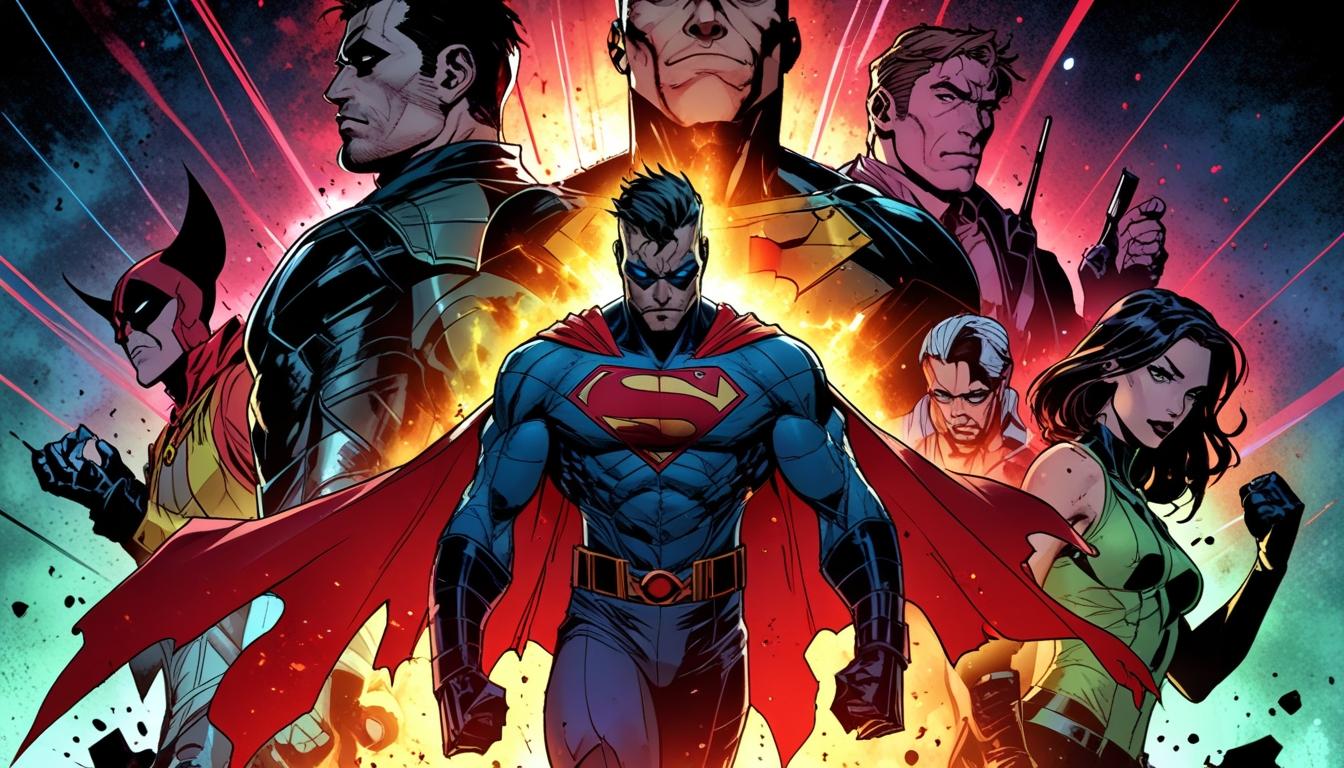In a recent article for Nerdvana Media, Russ Kazmierczak Jr. explores the evolving relationship between comics and film, particularly in conjunction with Free Comic Book Day. This year's event, taking place on the opening weekend of the much-anticipated Marvel movie, Thunderbolts, highlights a unique crossover between these two distinct but intertwined realms of storytelling.
Kazmierczak notes that while Free Comic Book Day is intended to generate excitement within the comic book industry, it remains largely unnoticed by the broader public. He observes, "Most of the world doesn’t even know it’s Free Comic Book Day." This day, aimed at invigorating interest in comics, often feels insular, although it successfully increases foot traffic to local comic shops.
Interestingly, Kazmierczak suggests that comic books could benefit from a more prominent presence in movie theatres on such significant cinematic weekends. He proposes that, alongside viewing Thunderbolts, audiences could receive free, all-ages comics, potentially paired with a directory of local comic shops to further engage them. He asserts that the line between consuming comic book-inspired films and actually reading comics has blurred. An example he cites involves social media memes that mistakenly attribute comic book attributes to cinematic events, highlighting a cultural misunderstanding of the medium.
In discussing the challenges facing comics in engaging contemporary audiences, Kazmierczak identifies several critical factors, including the fast pace of comic book releases compared to film campaigns. While actors promote their films through extensive media appearances, comic creators often focus on producing their next issues. This disruption in promotional opportunities may hinder comics from drawing in new readers who are primarily film fans.
He also reflects on how the visual presentation of comics might be adapted to more closely resemble the cinematic experience. The covers of modern comics, he argues, have devolved into mere images that fail to depict the narrative within. By adopting more dynamic cover designs and impactful taglines akin to movie posters, comics could capture greater attention and convey the enticing stories they contain.
Furthermore, Kazmierczak raises questions about the digital accessibility of comics. Despite the rise of digital media during the pandemic, he notes that comics did not see a comparable boom online, a missed opportunity for publishers to expand their audiences. He advocates for increased efforts to distribute comics digitally, noting that consumers often have ready access to a plethora of entertainment on their devices.
Finally, Kazmierczak emphasises that the onus to innovate lies not only with major publishers like DC and Marvel but also with small press publishers, who have fewer constraints and greater flexibility to implement bold new strategies. He engages fellow creators, challenging them to think about ways they can adapt their promotional practices to raise comics' cultural stature.
Overall, his reflections present a keen analysis of the current state of comics and their potential trajectories in a predominantly film-oriented landscape, suggesting that the future of comics could benefit from more strategic alignment with the successes of cinematic media.
Source: Noah Wire Services
